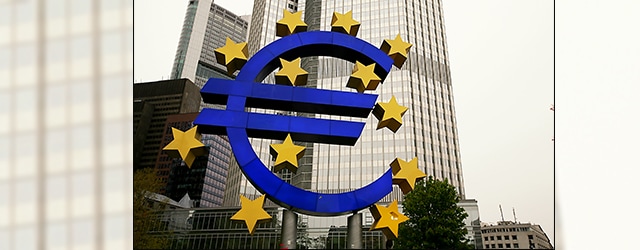The European Central Bank pushed its deposit rate deeper into negative territory in March, even as commercial bankers cautioned that such an unorthodox move could undermine their profitability and disrupt their role as financial intermediaries while doing little to boost lending or the economy.

The European Banking Federation, which represents 4,500 banks, plans to release a report this month on how its members’ profits have been affected by negative rates. In June 2014, when the ECB first adopted a negative deposit rate, the federation said: “There indeed is evidence that negative rates hurt profitability in the banking sector. We do not see negative rates as an effective tool to boost lending. There is still a lack of demand for loans.”
Meanwhile, economists Morten Bech and Aytek Malkhozov at the Bank for International Settlements said in a report released days before the latest ECB meeting that negative rates could backfire, particularly the lower they go and the longer they remain in effect. Bankers so far have not passed on the costs of negative rates to their customers, for the most part, but if they continue to eat losses, “the viability of banks’ business model as financial intermediaries may be brought into question,” the BIS economists say. They also warn that the business models of insurance companies and pension funds could also be affected.
David Kelly, chief global strategist at J.P. Morgan Funds, said in a recent note that “commercial banks have been very slow to pass negative rates on to depositors for fear that doing so could lead to widespread withdrawals. This trend, in turn, has had the perverse effect of raising mortgage rates in some instances and could well lead to further restrictions on credit, as banks worry about lending to any household or business without pristine credit, given razor-thin margins.”
There could be a number of unpleasant side effects of a negative-interest-rate policy, Kelly says. It would reduce consumer interest income, increase funding difficulties for pension plans and insurance companies, reduce the incentive to borrow ahead of higher rates, and undermine confidence, he says.
Switzerland, Denmark and Sweden have all been forced into negative-interest-rate policies to prevent their currencies from soaring against the euro, Kelly says. The Bank of Japan adopted a negative-interest-rate policy for the first time in January. The risk is that as negative rates spread, they could lead to currency wars.
The impact of negative rates on banks could be greater for core Europe, though the impact on money funds and portfolio flows is likely greatest in Japan, according to a BofA Merrill Lynch Global Research report. Core European banks have relatively larger loan and smaller domestic bond holdings, it says.
“Japanese money funds are particularly challenged by negative rates, with many refusing new investments or returning cash,” the report says. Japanese portfolio outflows have been large since the adoption of negative rates, as domestic investors have sought positive-yielding assets abroad,” it adds.
Unorthodox monetary policies have distorted financial markets and could be creating new financial bubbles. Calls are growing for central bankers to step aside and allow financial markets to regain contact with economic fundamentals.



